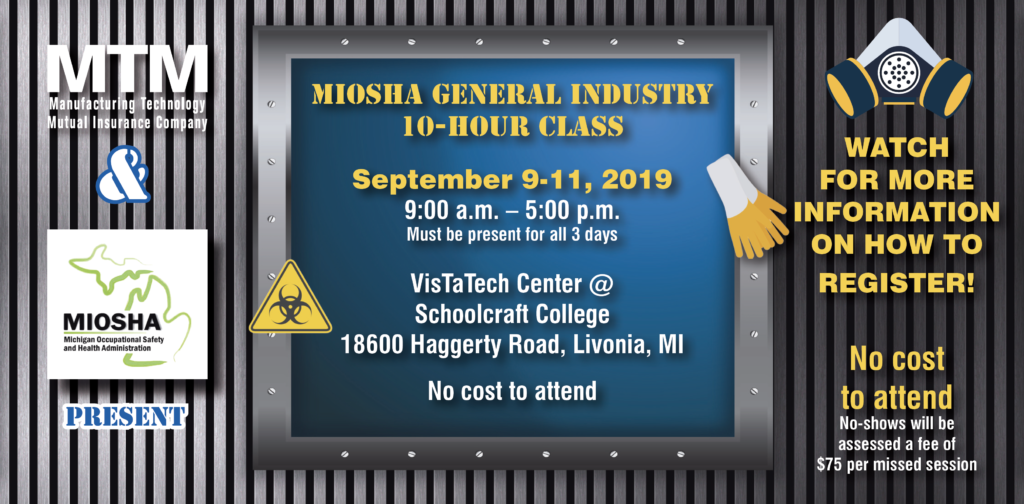By Donna Motley, Vice President of Claims
An Occupational Clinic plays a very important role in the world of Workers’ Compensation insurance. An Occupational Clinic differs from an Urgent Care Clinic. The treating personnel at Occupational Clinics, primarily, if not exclusively, treat work related injuries.
Work injuries greatly differ from an injury that may occur at home or result from a motor vehicle accident. Think about machine shops, foundries, stamping plants, etc. and all the equipment utilized to manufacture product within those facilities. Even a restaurant kitchen exposes an employee to more hazards than would be encountered at home. Work injuries can affect virtually every part of the human body (and we have seen it all!).
Occupational Clinic personnel “specialize” in work injuries. We encourage you to develop a close working relationship with your chosen Occupational Clinic. Invite a physician or therapist from your Occupational Clinic to tour your facility so they can see the type of work being performed; so they are familiar with the type of injuries that may occur; and thereby also aid them in determining whether or not the injured worker can return to work with restrictions. Most Occupational Clinics are very familiar with the rules governing Workers’ Compensation and attempt to treat accordingly. The personnel know a disability slip is required for an employee to provide to his employer. Occupational Clinics generally know authorization for testing is required prior to scheduling.
(more…)























